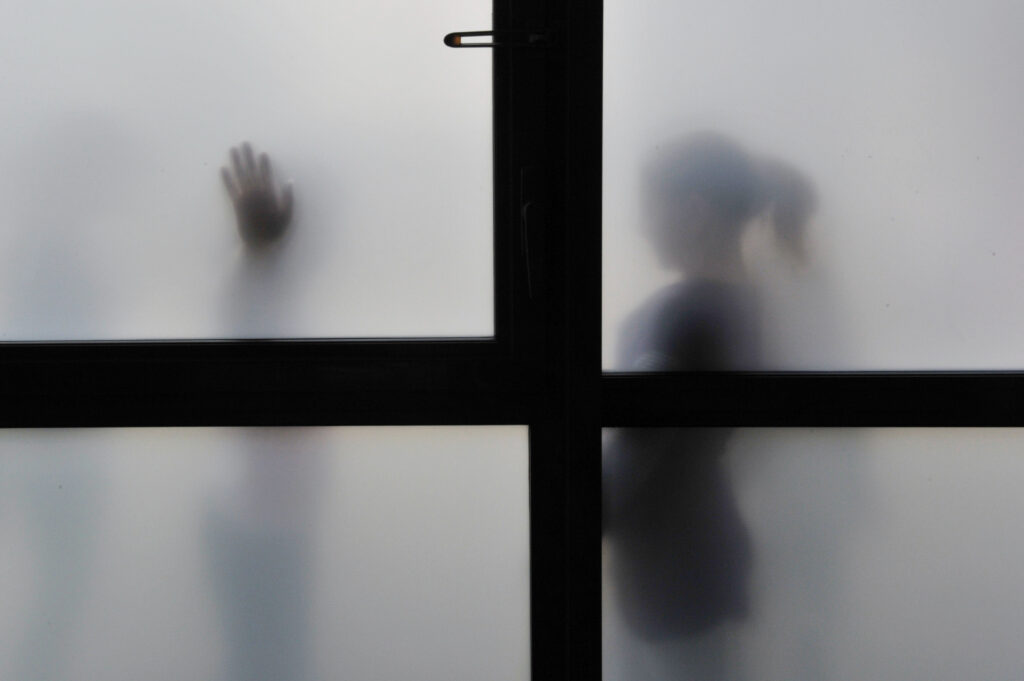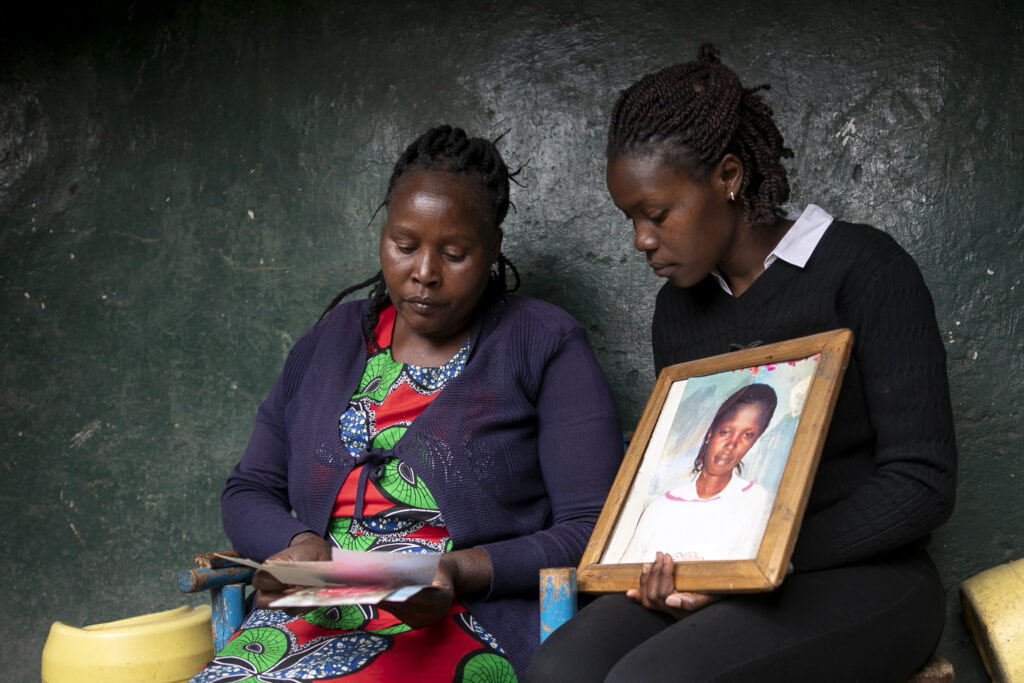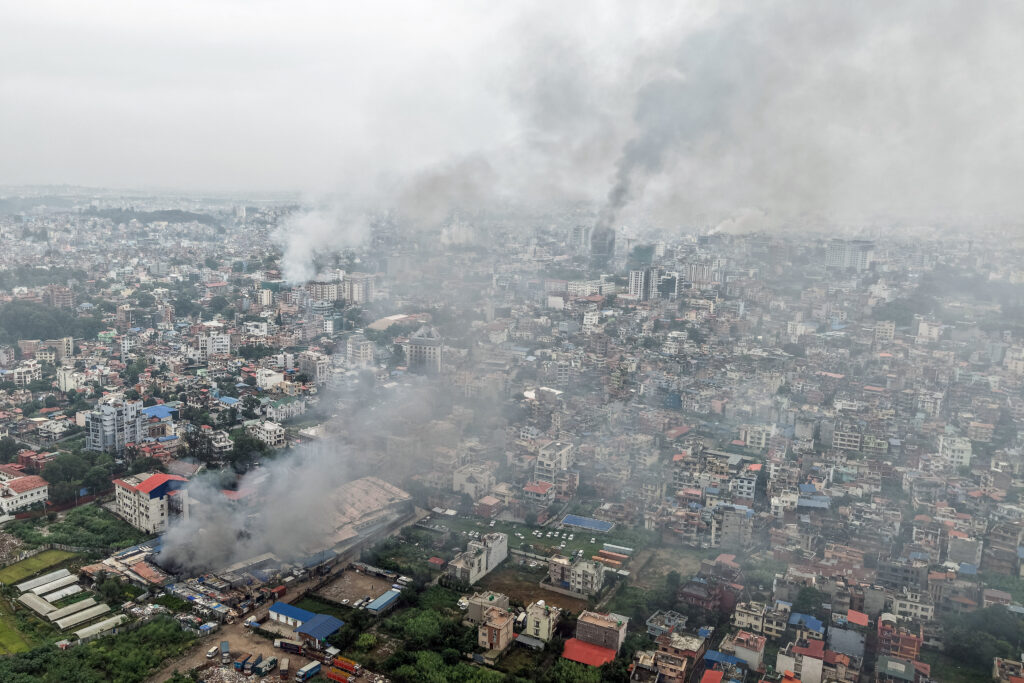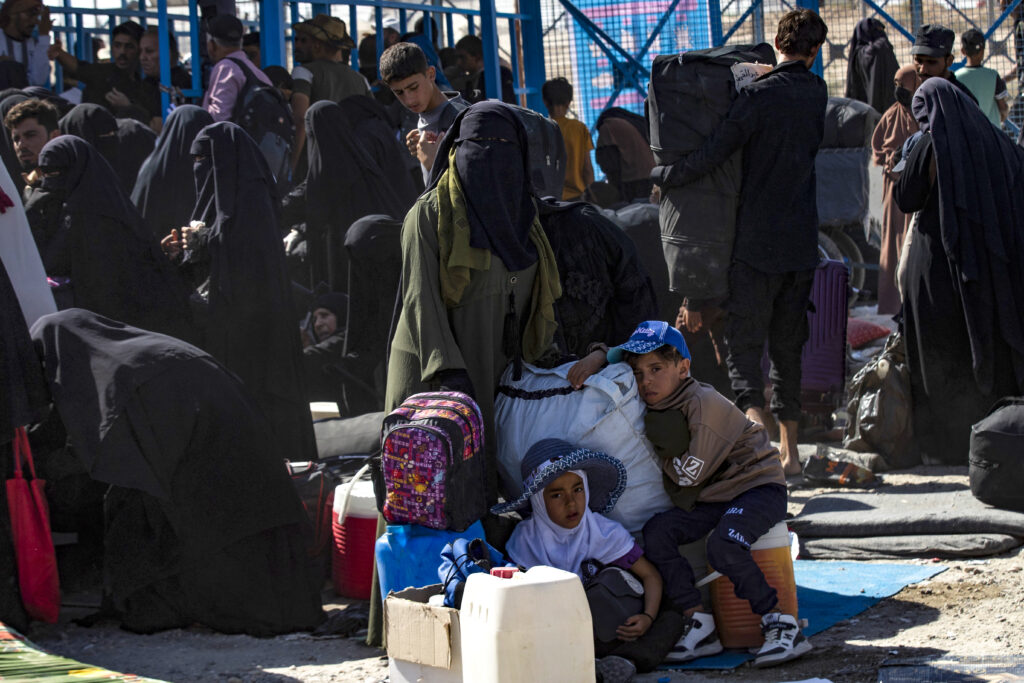Foot: Philippe Diallo insiste pour la création d’une Société de clubs à la place de la Ligue
Des pouvoirs redistribués, “les clubs au centre de la gouvernance”, mais toujours un droit de veto de la FFF: Philippe Diallo a dévoilé mardi une nouvelle version du projet “Premier League à la française”, censée convaincre le monde professionnel réticent devant sa première mouture.Cette contribution, qui a pris en compte certaines des observations faites par la Ligue de football professionnel cet été, doit désormais être partagée avec l’ensemble des acteurs du microcosme pro (LFP, clubs, syndicats…) pour envisager une position commune avant un passage de la loi à l’Assemblée nationale.Mais Philippe Diallo reste à la manoeuvre pour faire aboutir la réforme de la gouvernance du football professionnel national qu’il a initiée lors de sa réélection à la tête de la “3F” en décembre, en engageant en mars des “Etats généraux” du secteur englué dans une crise des droits TV qui plombe ses finances et menace son existence.Cette réforme prévoit la transformation de la LFP en une Société des clubs, en lien plus étroit avec la Fédération, dans la droite ligne de la proposition de loi (PPL) des sénateurs Michel Savin (LR) et Laurent Lafon (Union centriste) adoptée en juin au Sénat. Le texte voté par la chambre haute à la quasi-unanimité en juin, propose en effet de faciliter, pour les fédérations, leur possibilité de retirer aux ligues leur “subdélégation de service public”, en cas de “défaillance grave” ou de “difficulté sérieuse de financement” par exemple. Une mesure ressentie comme un droit de vie et de mort par le monde du foot pro.- “Deux entités” -Pour calmer la grogne, Philippe Diallo a donc revu sa copie dans la perspective du passage à l’Assemblée de la PPL, même si le calendrier parlementaire reste très incertain en raison de la crise politique actuelle. Contrairement à ce qui était proposé dans sa première mouture, la future Société des clubs commercialisera les droits audiovisuels et marketing, organisera et réglementera les compétitions. Soit peu ou prou, le regroupement de l’ensemble des compétences actuelles de la LFP et de sa filiale commerciale LFP Media.”De trois entités (FFF, LFP, la société commerciale LFP Media), nous passons à deux (FFF et Société des clubs) avec des prérogatives claires pour les deux entités”, a insisté le président de la FFF lors de son Comité exécutif.La représentation des clubs professionnels à l’Assemblée générale de la FFF ne sera pas limitée comme le prévoyait le texte du Sénat et la rémunération de leurs futurs dirigeants, pas plafonnée.La Fédération garde en revanche le droit de veto sur les décisions importantes. Malgré la forte opposition du secteur professionnel, elle n’a pas non plus voulu céder sur la prise de contrôle de la DNCG, le gendarme financier du football français, une commission indépendante placée jusqu’ici sous l’autorité de la Ligue. – Plus de président -La FFF siègera par ailleurs au conseil de surveillance de la Société des clubs, ainsi qu’à son Assemblée générale, aux côtés des clubs, du fonds d’investissement CVC (qui détient 13% de LFP Media) et des familles (joueurs, entraîneurs, arbitres).”C’est pour cela que l’on peut parler d’une +Premier League à la française+, a expliqué Philippe Diallo. La Société des clubs a le même fonctionnement (que celui de l’instance anglaise, ndlr) mais elle prend en compte la particularité française d’inclure dans les décisions les différentes familles du football”. “Les clubs gardent la maîtrise de leur développement et de leur compétitivité et les salariés actuels de la Ligue devraient être ceux de la future société commerciale, sauf la DNCG qui rejoint la Fédération”, a-t-il ajouté.Autre évolution majeure: la disparition du poste de président et des élections, au profit d'”un directoire de trois ou quatre manageurs indépendants, sans lien avec les clubs pour éviter les conflits d’intérêts, recrutés pour leurs compétences et révocables par les clubs”, selon M. Diallo. “Cette société des clubs, détenue à 87% par les clubs de Ligue 1 et de Ligue 2 — le reste par le fonds d’investissement CVC — serait une société commerciale et non plus une association de 1901, comme l’est la Ligue actuellement”, a encore exposé le patron de la FFF qui espère voir cette nouvelle structure “mise en place en juillet 2026 pour la saison prochaine”.








